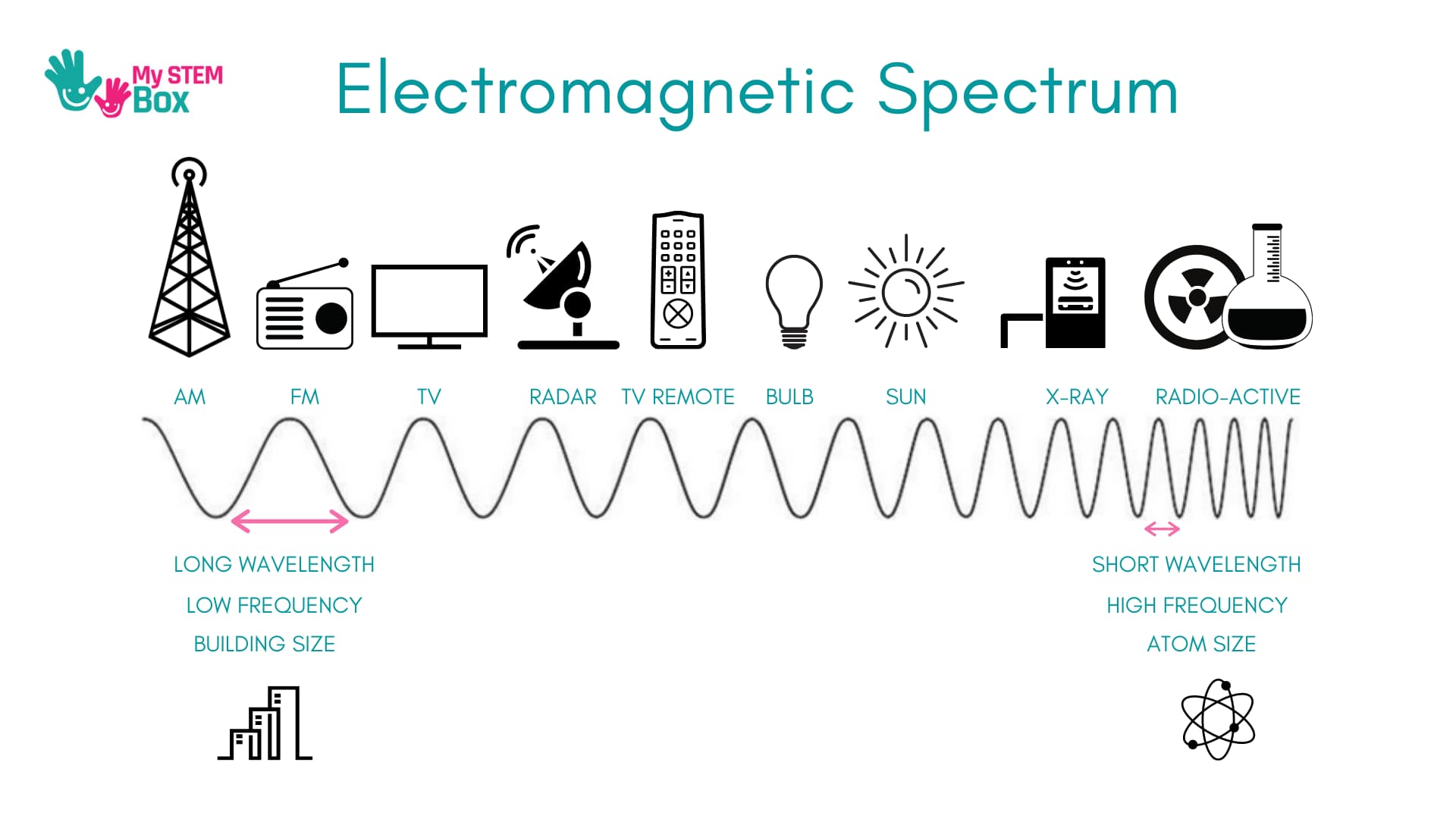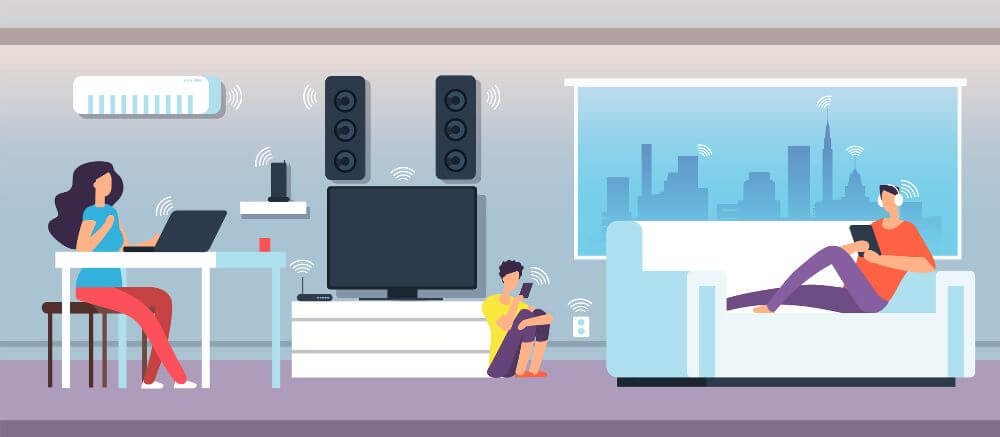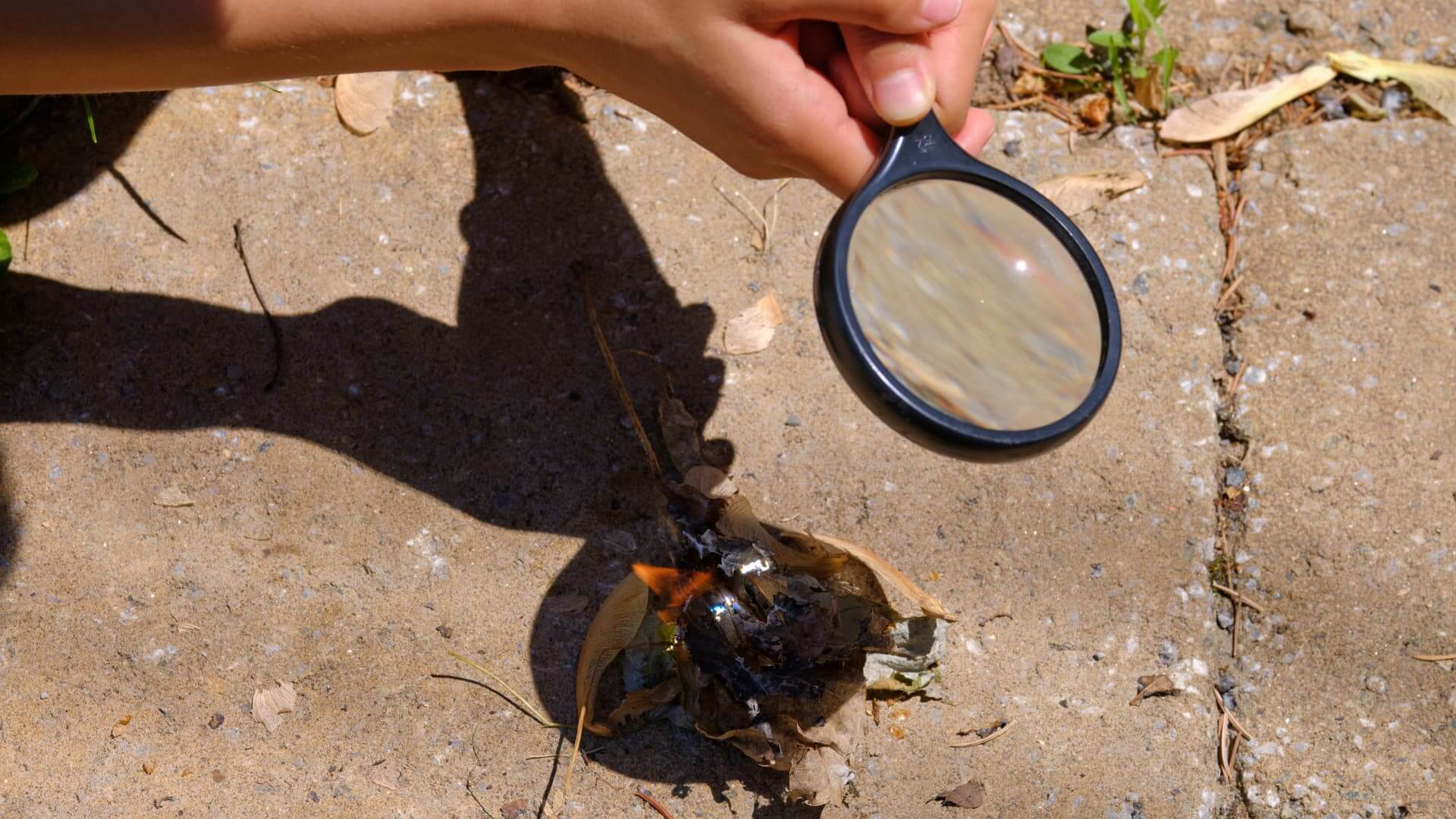I am a mother of a bubbly son, and we are both very inquisitive when it comes to things we don’t immediately understand. His development from a baby up till now has been a learning experience for him as well as me.
Contents
For example, one day, I heard my husband and son arguing. My husband was asking him to stop using the iPad. He loves watching his videos, but we have carefully limited his screen time to protect him from MF radiation and stop him from getting addicted to the iPad.
My son ended up following the instructions, but his sullen mood left me thinking. I decided that there should be a better way to explain to him what radiation is and how radiation can be harmful. Here is how to explain what radiation is for kids to help them understand the concept.
What Is Radiation?
Radiation is nothing but the transmission or emission of energy. The transmission of energy takes place in the form of either waves or particles. We can see the transmission with the help of a medium in space. For example, waves of sound, light, and heat are all forms of radiation. But these rays are typically not harmful to us.

Some Of The Types Of Radiation
Electromagnetic Radiation
When you observe closely, you will find that everything consists of very small particles called atoms. Atoms are further made of small particles called neutrons, protons, and electrons.
Out of these three, the protons have a positive charge, and electrons have a negative charge.
When these charged particles move, they produce energy that travels as waves (just like when you drop a pebble in the ocean, it creates a water wave).
Electromagnetic waves can travel in space and also through substances. Like waves in the ocean, these waves also have highs (crests) and lows (troughs). The distance between a crest and trough is known as one “wavelength.”
The electromagnetic waves are of two types: Ionizing and Non-ionizing.
Ionizing Electromagnetic Waves
When electromagnetic waves radiation causes electrons to get knocked out of an atom, they create atoms that have an unbalanced charge known as “Ions.” These powerful electromagnetic wave radiations are known as Ionizing radiation.
Electromagnetic waves such as Ultraviolet (sanitizers), X-rays (used in hospitals), and gamma rays (the ones that created The Incredible Hulk!) are ionizing and are very harmful.
Non-Ionizing Electromagnetic Waves
Electromagnetic waves such as Infrared (the ones in your TV remote), microwaves (mobile phones), and radio frequencies (radio) are not powerful enough to create ions but can still be harmful if you are exposed too long.
Microwaves (cell phones and satellite dishes) and radio waves (TV, computer, radio) can be dangerous, whereas other low-frequency waves are safe.
Mechanical Radiation
When you play a musical instrument or hit an object, it creates a sound. A sound is also a type of radiation, the difference being that it requires a “medium” to travel.
In the case of a musical instrument, sound travels through the air. Another such example is the shock that you feel during an earthquake. This shock is a wave that can only travel through the ground.
Nuclear Radiation
We talked about electrons getting knocked out of atoms, but what if the nucleus (proton + neutron), which forms the atom’s core, becomes unstable?
This reaction is what happens in a nuclear reactor. Nuclear reactors let out powerful waves of energy when an unstable nucleus changes into a more stable form. These waves are also in the form of electromagnetic waves.
Solar Radiation
Solar radiation occurs because of small particles emitted by the sun that move with speed in outer space. These small particles are known as photons, and they move at the speed of light, so they are of high energy. The study of solar radiation helps us understand the galaxy.
These are examples of all types of radiation.
I have taken some practical examples to show kids how we can measure radiation and how radiation occurs. To explain what is radiation for kids, I have performed two activities for children.

What Is Radiation for Kids: Activity 1
What You Will Need
- A silver gum wrapper.
- A black marker.
- A jar.
- A pencil.
- A string.
- A mirror.
Steps To Take
- Take a silver gum wrapper, and color its paper side black. Cut out four pieces, and make them as smooth as you can.
- Now spread a bit of glue on a match and stick the four silver wrappers to it like flags. Make sure that the black sides are all in the same direction.
- Now, use a thread to tie the match to a pencil.
- Then put the pencil on a jar so that the match hangs inside it. Try to make sure that the match and the flags are straight.
- The device you have created above is called a Radiometer. It was invented in 1873 by William Crookes.
- Next, place a mirror on the ground facing the sun and put your radiometer on the mirror.
- After some time, you can see the silver wrappers inside the radiometer rotating.
What Happened?
This rotation is because of the transfer of thermal and light energy in the form of radiation.
When you remove the mirror and place just the radiometer on the ground, the vanes will rotate slower. In this case, only the sun’s heat is causing the movement.
From this activity, we can learn that the sun’s heat waves, when they reach the mirror or ground, transfer in the form of energy through the spindle and rotate the vane. This transfer of energy in the form of waves is called radiation.

What Is Radiation for Kids: Activity 2
What You Will Need
- Marshmallow or newspaper
- A flat sheet
- A concave, parabolic dish (a pie plate will do).
Steps To Take
- Paste a flat sheet in the dish. Now paste aluminum foil inside the surface; this will act as a concave reflector.
- If you don’t have all this, buy a magnifying glass from a local 99cent store.
- Now place the reflector in a way where it faces the sun.
- Hold a newspaper a little away from the reflector in between the sun and the reflector.
- After some time, we can see that the paper is burning.
What Happened?
The paper burns because of the radiation. Heat transfer from the sun to the reflector and the reflector to the paper at the reflector’s focal point.
You can also place a small stick between the reflector and place a marshmallow at the end of the stick. The stick will work as the point of focus for the reflector.
After some time, you can see that the marshmallows’ color changes, and it is burnt and heated a little. The marshmallow burns because of the heat transfer from the sun to the reflector.
Conclusion
I have learned the hard way that kids should understand why you said it whenever you want to say no to the kids. If you explain with reasons, kids are smart enough to understand. Without reasons, you are courting rebellion.
Radiation is one thing that we can’t live without, but it can also be harmful to you. Children must understand why radiation can be harmful, even though we have it all around us. Hopefully, this article on how to explain what is radiation for kids will help you with your kids as well!
As a parent of a five-year-old inquisitive boy, I have gained a lot of experience finding fun activities and toys to help him understand science and understanding our world in general. On this blog, you’ll find an extensive amount of tutorials, guides, and toys about Science, Technology, Engineering, and Math based on my personal experience to help your child develop critical STEM skills.






